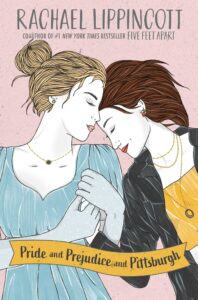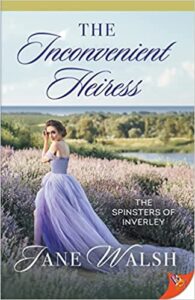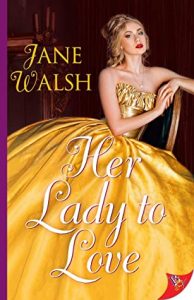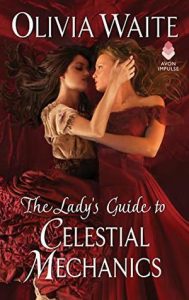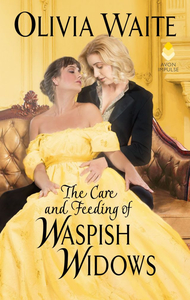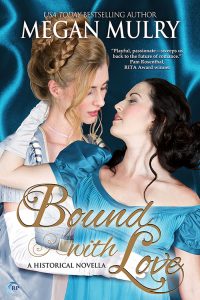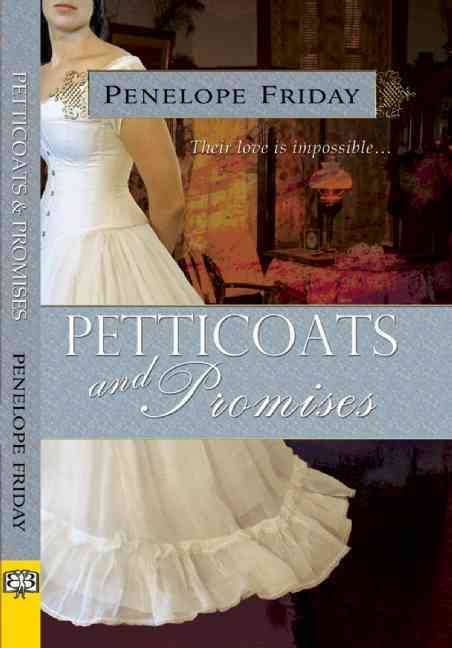As a current Pittsburgh resident, as soon as I saw that the Lesbrary had received a review copy of Pride and Prejudice and Pittsburgh by Rachael Lippincott, I knew that I needed to read it. A fun sapphic romance mixing regency and the steel city with added time travel? Sign me up. And it did not disappoint.
Pittsburgh native Audrey feels stuck. Her first choice of art school has waitlisted her. Her high school boyfriend has dumped her after trying to persuade her to abandon art as a career after he didn’t get accepted. And she feels stuck and unable to create anything new for the portfolio she needs to submit. When a regular at her family’s corner store offers her some cryptic encouragement, Audrey finds herself transported not only to the past but to England. In 1812, Lucy feels trapped. Her mother had wanted for Lucy to marry for the love she did not find herself, but with her gone, Lucy is at the mercy of her controlling father. He is forcing her into marriage with the rich but odious Mr. Caldwell. Isolated and increasingly depressed, Lucy greets the appearance of a girl wearing the strangest and most improper of clothing with interest and relief. Together, they resolve to figure out a way to return Audrey to her time.
The conflicts here are numerous and yet for the most part they’re romcom level problems. As Lucy spends time with Audrey, she wonders more and more how she can resign herself to a loveless marriage even more constricting than life under her father, but she doesn’t know what else she can do. Stranded in a society very different from her own, Audrey regains her inspiration in her art and confidence in herself as several eligible local bachelors show an interest in her. But Lucy is the person that fills her days and her sketchbook. How can she find love or inspiration in the rest of her life if she’s fated to leave Lucy behind? I bet we can all guess the answer, and like a good romance Pride and Prejudice and Pittsburgh’s charm is in the journey, not the solution.
What I liked best about this book is that it did not take its own plot device too seriously. In some stories, you want a detailed exploration of how the time traveler’s clothes or possessions make trouble, or it makes sense for the other characters to think they’re lying about time travel. And sometimes you want some mild shock about modesty and some honest delight about the magical box that plays music. Sometimes a girl can meet some bachelors that find her lack of local polish charming, as a treat. Sometimes time travel can be fun. And it contrasts so eloquently and emotionally with the bleakness of Lucy’s situation. At it’s heart this is about two girls finding connection despite all the outside events going on in their lives. Reading this felt like a return to watching the nonsense rom coms of my youth, but queer, and it was a lot of fun.
In conclusion, if you are looking for a light-hearted romp to ease your transition from summer to fall, Pride and Prejudice and Pittsburgh is an excellent choice. It’s got time travel, county balls, corner stores, and delightful queer awakening, all tied up with a happily ever after. Treat yourself to a little delight this fall and fall in love with time travel. And Pittsburgh.

